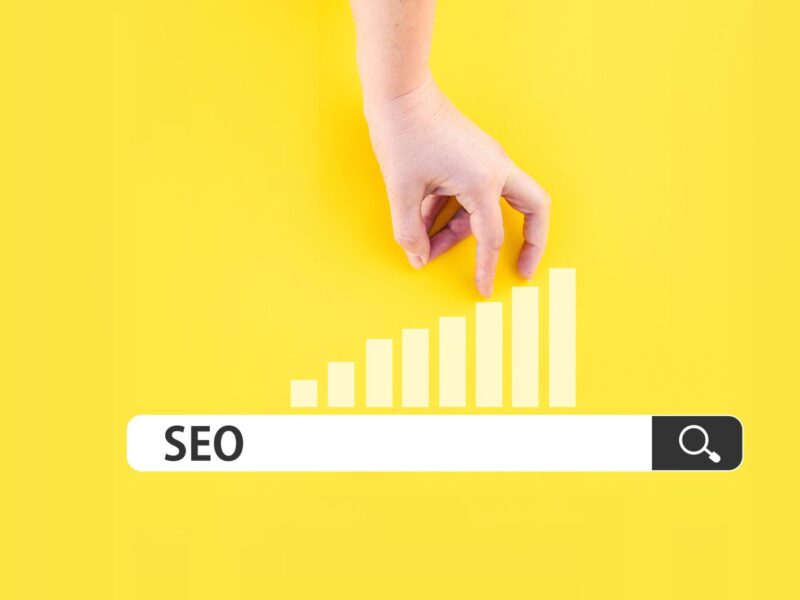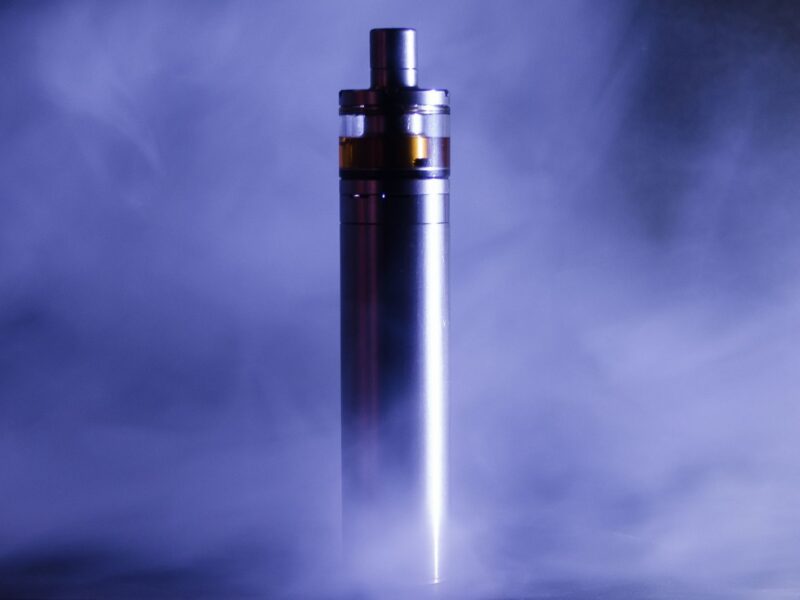Have you ever wondered how to choose the right inverter for your solar system?
String inverters and microinverters are two popular solar system inverters options, but knowing which one suits your needs can be confusing. This article will break down the differences between string inverters and microinverters, making it easier for you to decide.
Whether you’re new to solar energy or looking to upgrade your system, understanding these differences could save you time and money, while maximizing your energy efficiency.
Table of Contents
System Layout
In solar energy setups, the system layout is crucial for how the whole system functions. It shows where panels, inverters, and other components are placed. A well-organized layout ensures that each part works effectively, making the system more reliable.
Understanding the system layout helps in maintaining the system and troubleshooting if problems arise. It shows how solar panels are connected to the inverter and power grid. This knowledge is important for both installation and future system upgrades.
Panel Level Optimization
Panel level optimization is a feature that allows each solar panel to work at its best performance. It helps in dealing with issues like shading or dirt on one panel that can reduce the energy production of the entire system. With panel level optimization, each panel produces an optimal amount of power independently.
This optimization is possible through the use of microinverters or power optimizers. It ensures that a problem with one panel doesn’t affect the whole system’s output. This makes the solar energy system more efficient and can increase the amount of electricity generated.
Performance in Shading Conditions
Shading can greatly reduce the amount of electricity your solar panels generate. When part of a panel is shaded, it produces less electricity. This can happen because of trees, nearby buildings, or even just a passing cloud.
Microinverters and power optimizers help to minimize the impact of shading on solar panel performance. They do this by allowing each panel to operate independently. If one panel is shaded, it doesn’t decrease the power output of the other panels in the system.
Monitoring and Maintenance
Monitoring your solar energy system helps you understand how much electricity it’s generating and if it’s working properly. This involves checking the system regularly to make sure all parts are in good condition. If there’s a problem, early detection can prevent bigger issues later on.
Maintenance is also key to keeping your solar system running smoothly. This includes cleaning solar panels to remove dirt and debris that can block sunlight. Regular maintenance ensures your system operates at maximum efficiency, producing as much electricity as possible.
Scalability
When planning a solar energy system, it’s important to think about the future. Scalability means you can add more solar panels later on if you need more electricity. This is great for when your needs grow, like if you get an electric car or add to your home.
Choosing the right inverter plays a big role in how easy it is to scale your system. String inverters might need you to redo your whole setup if you add more panels. On the other hand, with microinverters, you can just add new panels without changing your existing setup.
Reliability
Reliability in solar energy systems means that your system works well all the time. It is important because it ensures that your home always has power when you need it. A reliable system has quality components that last a long time without breaking down.
To have a reliable solar energy system, choosing the right inverter is key. Microinverters are known for being reliable because they work independently. This means if one fails, the rest of your system still works fine.
Installation Complexity
Installing a solar energy system involves setting up solar panels, inverters, and connecting all the components together. For string inverters, the process can be straightforward because they connect multiple panels in a series to a single inverter. However, working with electrical components requires careful planning to ensure everything is properly installed and safe.
Microinverters, on the other hand, are installed on each solar panel. This means there is more detailed work as each inverter needs to be connected individually. Professional installation is recommended to make sure the system is set up correctly and operates efficiently.
Cost
The cost of a solar energy system includes the price of equipment, installation, and any ongoing maintenance. For initial expenses, microinverters tend to be more expensive than string inverters because you need one for each solar panel. Over time, the cost can vary depending on how much maintenance or replacement is needed.
Saving money in the long run is possible with solar energy systems, especially if they are efficient and require little maintenance. While the upfront cost may be higher for systems with microinverters, they can offer greater efficiency and less future expense on replacements. energy investment. If you prioritize long-term performance and individual panel optimization, consider Chicago’s solar panel installation services for expert guidance on the benefits of microinverters.
Efficiency
The level of efficiency in a solar energy system shows how well it turns sunlight into power. When sunlight hits solar panels, they make more electricity. This is called good efficiency. This is important because it lets you use less space to make more power.
The general efficiency of the system is affected by many technologies, such as the type of inverter used. Microinverters are known to make each solar cell work better on its own. All of this means that the solar energy system makes more power overall.
Warranty
Sunlight power systems should come with warranties to protect you in case something goes wrong. They pay to fix or replace broken parts like solar panels and generators. You can rest easy knowing that any surprise costs will be taken care of.
There may be different warranty terms for different parts of a solar energy system. Carefully read the guarantee terms to know what is covered. You can make a better choice about your solar energy system if you know more about the area.
Discovering the Magic of String Inverters and Microinverters
Choosing between string inverters and microinverters is a vital step in building your solar energy system. Each option has its unique benefits, fitting different needs and situations.
Remember, the right inverter technology ensures your solar system not only meets your current energy needs but is also prepared for future expansion and challenges.
Was this article helpful to you? If so, make sure to check out our blog for more useful information and resources.


